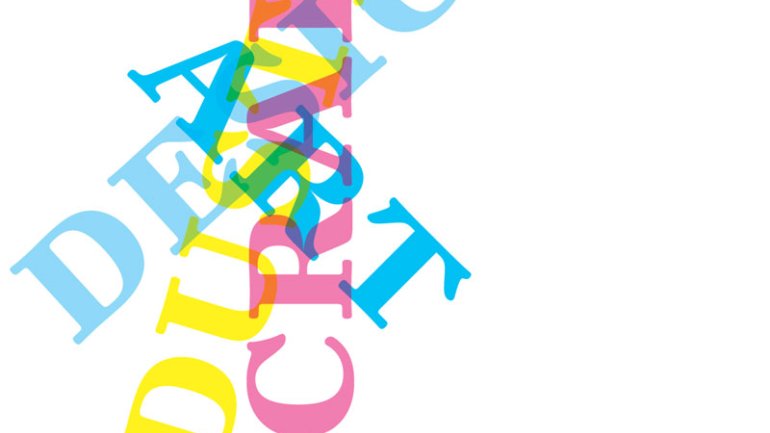The Big Blur
The Big Blur
Craft, art and design often make perfect mates but other times, strange bed-fellows.
Lately it's been difficult to escape conversations concerning the mixing, matching and melding of craft, art, design and industry. This is nothing new, but in the past few years the chatter has become incessant, picking up steam thanks to a few key players who have managed the leap from one world to another with relative ease.
I tend to look at this confluence of ideas, disciplines and philosophies as a natural progression, an evolution. But anyone in their right mind would question what it's evolving into, especially when confronted with the visual cacophony generated by today's object-producing world.
The ongoing examination of this evolution is a pursuit that I am, for obvious reasons, thoroughly immersed in. Most recently I sat on a panel at the Silvermine Guild Arts Center in Connecticut called "Blurring the Boundaries: Trends in Contemporary Craft," where all the panelists and audience members seemed in agreement that any boundaries that existed between these fields have been thoroughly stretched, if not exactly erased.
This observation is sure to provoke chagrin from my industrious craft, art and design cohort Philip Wood, founder of the San Francisco-based design collective CITIZEN:Citizen. Wood is British and a classically trained cabinetmaker. The one time I've had the good fortune to share a pint with him in California, our conversation quickly turned to craft and where it stands in the world. Wood, being the Englishman he is, listened politely as I blathered on about this impending mega-merger and then mentioned he wanted to send me an article he'd been working on. "Of course," I said and headed back to New York eagerly awaiting his prose.
Wood's words arrived via e-mail shortly thereafter. When I opened the document called Blurring the Boundaries I expected to see something akin to a written affirmation of our conversation some weeks back. How wrong I was.
Wood begins his eloquent essay by stating, "At the moment it comes out of my mouth, I know I've said something that I neither wholeheartedly believe nor fully understand. 'Blurring the boundaries,' I say. It sounds just so exciting. I'd love to go and blur some of those boundaries. In fact, I envision it as something like the dismantling of the Berlin Wall, a sort of righteous attack on the artifice of the old guard that had been left standing by our own complacency. There are many un-thought-through phrases that spin out of my and, dare I say, many of your mouths, yet blurring boundaries is one that can be heard all too often these days, particularly in galleries, showrooms and magazines just like the one you're holding now."
Like I said, I had Wood all wrong. Rather than feeling defensive, I was happy to have my thinking challenged, and the more I thought about it, the more I realized he was articulating the lingering doubts that had been creeping around in the back of my mind for months.
His essay continues, "We've seen boundaries being blurred, smudged and dismissed as nonexistent in an attempt to suggest they're no longer relevant. Segregation in the United States and Apartheid in South Africa could only be assessed and brought down as the tyrannical regimes that they were by highlighting them. Emancipation from existing thinking doesn't come from the blurring of boundaries, it comes from clearly understanding their nature and location."
While Wood certainly has helped me to appreciate the larger philosophy behind the classification of creative pursuits, I must say, at the risk of not being bought a pint during my next visit to the Bay Area, I don't completely agree. The "big blur" has picked up such momentum that I feel it warrants an examination of its own-and that's precisely what we've put together in this issue, with hopes of illuminating the similarities and the differences between disciplines, examining where they overlap and where they diverge and, in doing so, perhaps contributing to the evolution of them all.
Drop me a line: [email protected]




